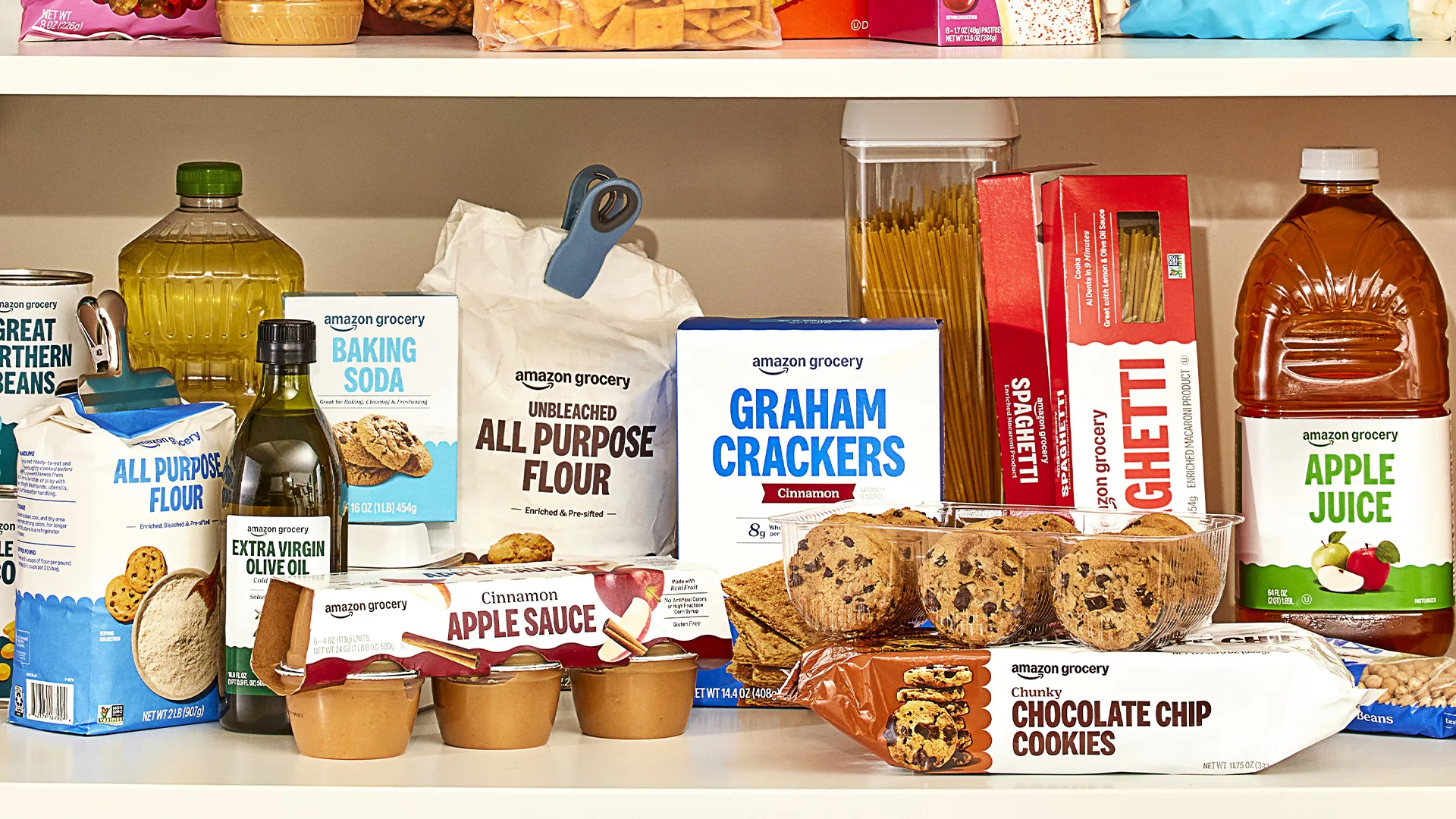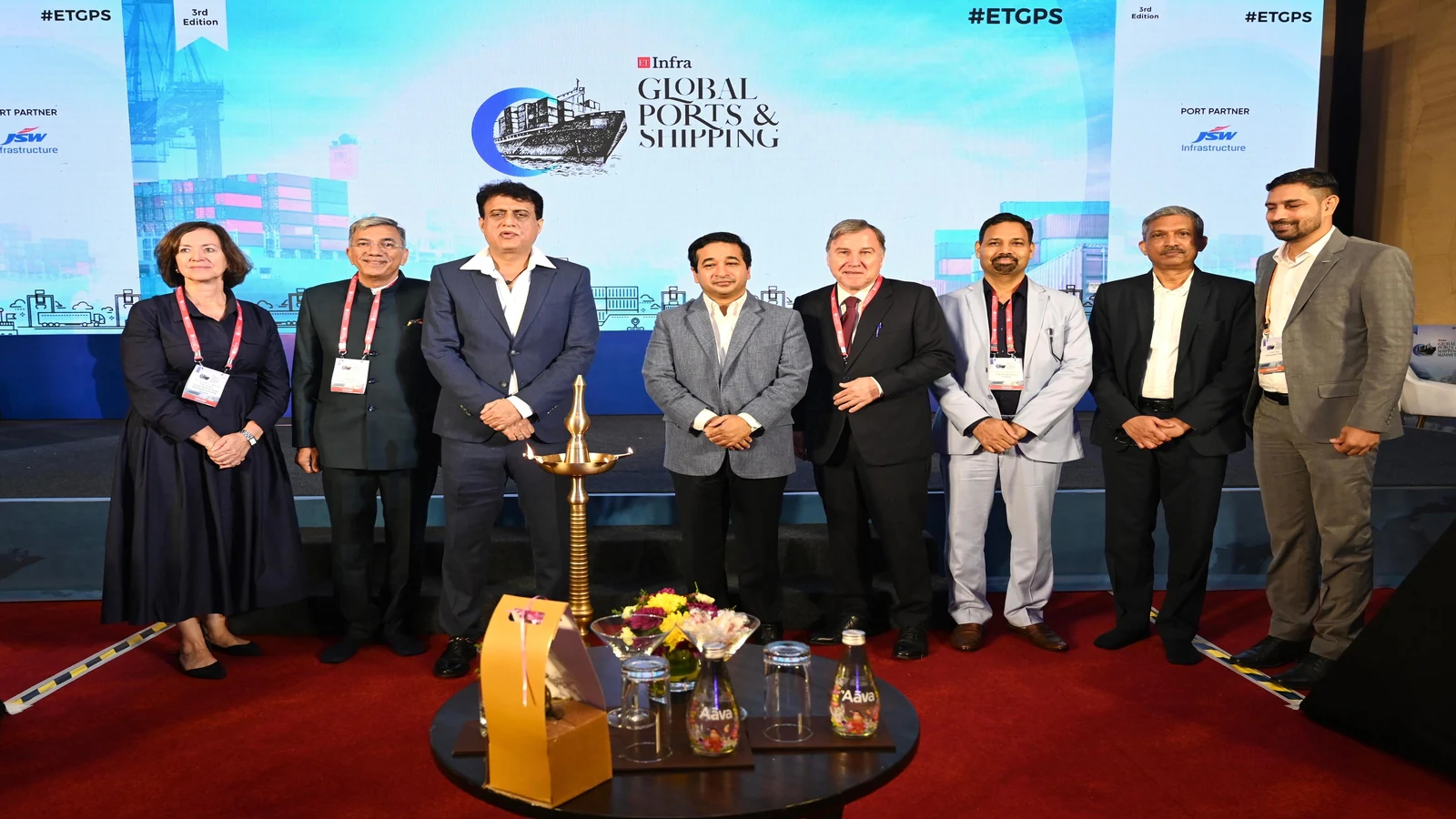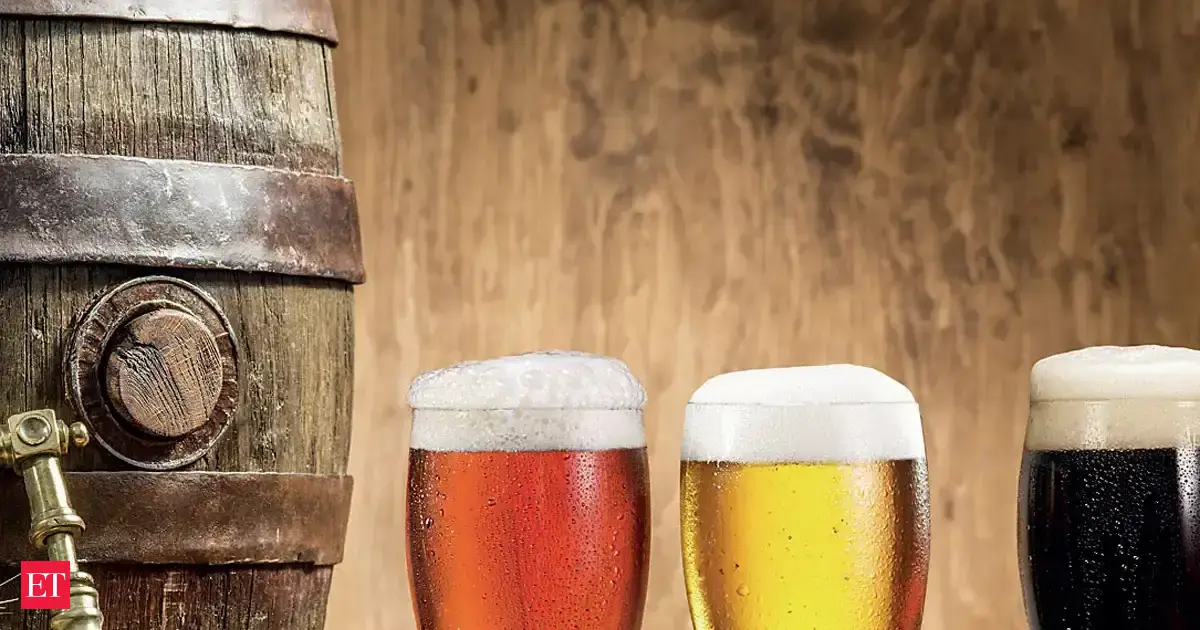
The idea of buying much of anything for $5 seems like a distant memory for most shoppers these days, as Trump’s tariffs and persistent inflation keep the price of everyday consumer goods high with little relief in sight. Keenly aware of that, Amazon is looking to undercut the competition’s prices with its own newly unified private label brand for everything from eggs and pre-made salads to ground beef and olive oil. The company plans to expand its offerings to more grocery staples like frozen pasta, granola and cakes in the coming months.
The company says that its new Amazon Grocery brand will merge its existing Amazon Fresh and Happy Belly brands into a single storefront for essentials. In its online grocery store, many items have already been relabeled digitally away from the Happy Belly and Amazon Fresh brands and given a makeover with a “modern, clean and distinctive” new design so shoppers can spot the line of core items easily, much like Target does with its in-house Good & Gather line. The new and rebranded Amazon Grocery lineup products are now available online and through the company’s brick and mortar Amazon Fresh stores.
“During a time when consumers are particularly price-conscious, Amazon Grocery delivers more than 1,000 quality grocery items across all categories that don’t compromise on quality or taste – from fresh food items to crave-worthy snacks and pantry essentials – all at low, competitive prices that help customers stretch their grocery budgets further,” Amazon’s Vice President of Worldwide Grocery Stores and Whole Foods Market CEO Jason Buechel said in a press release.
Amazon’s big grocery push
On paper, Amazon is trying to make its branding less confusing, differentiating its core grocery line from its other in-house brands like 365 from Whole Foods. But a year ago, Amazon made a similar announcement, hailing a value-minded “new private-label brand” called Amazon Saver.
“From crackers and cookies to canned fruit and condiments, Amazon Saver offers affordable grocery essentials at a great value both in-store and online,” the company wrote in a press release at the time, highlighting that most Amazon Saver products would be priced under $5. Confusingly, the company claims that the new Amazon Grocery brand will complement its portfolio of private label products, including Amazon Saver, which apparently isn’t going away.
It’s been almost a decade since Amazon bought Whole Foods in a then-shocking $13.7 billion deal that revealed the extent of the company’s master plan to dominate even offline shopping. The company’s commitment pushing deeper into selling wallet-friendly fridge and pantry staples is a sign that Amazon’s ambitions in the space haven’t yet been fully realized.
In August, Amazon introduced same-day delivery service for perishable foods in 1,000 additional U.S. cities, with plans to double that coverage by the end of the year. The company’s ongoing aggressive expansion into on-demand grocery delivery puts the undisputed king of shopping on a collision course with grocery delivery competitors like Walmart, Target and Instacart.
Not all of Amazon’s grocery experiments have been successful. Last month, the company announced that it would close all of its Amazon Fresh stores in the U.K. after “a thorough evaluation of business operations.” At the same time, the company noted its plans to expand its online grocery sales, doubling down on the “very substantial growth opportunities” in online grocery delivery.



